You’ve seen them on billboards, in magazines, and scrolling past you on Instagram-curvy models who don’t fit the old-school mold but own every inch of the runway. They’re not just a trend. They’re a movement. And if you’ve ever felt like fashion wasn’t made for you, this is your sign to pay attention.
What Exactly Are Curvy Models?
Curvy models are women who wear sizes 12 and up, typically with fuller hips, thighs, and busts-but not all curvy bodies look the same. Unlike the outdated ‘plus-size’ label that once meant ‘bigger than average,’ curvy modeling celebrates natural shape, muscle tone, and real skin. These models aren’t airbrushed into invisibility. They’re not hidden in corner ads. They’re front and center-in campaigns for Target, Savage X Fenty, Aerie, and even high-end houses like Chromat and Lane Bryant’s collaboration with New York Fashion Week.
The industry used to define beauty as a size 0 to 4. Now? Brands are waking up. In 2024, over 40% of major U.S. fashion brands featured curvy models in their main campaigns, up from just 9% in 2018. That’s not luck. It’s demand.
Why This Matters-Beyond the Runway
Think about the last time you walked into a store and couldn’t find anything that fit. Or scrolled through a fashion feed and felt like none of those bodies looked like yours. That disconnect doesn’t just hurt confidence-it hurts sales. Studies from McKinsey show that 67% of women sizes 12 and up say they’ve stopped buying from brands that don’t represent them. That’s a huge chunk of the market.
Curvy models aren’t just about looking good. They’re about feeling seen. A 2023 survey by the Body Positive Alliance found that young women who regularly saw diverse body types in media reported 34% higher self-esteem than those who didn’t. That’s not just a feel-good stat. It’s a cultural shift.
Who Are the Big Names Leading the Change?
It’s not just one person. It’s a wave.
- Paloma Elsesser-walked for Chanel, Fendi, and opened for Rihanna’s Savage X Fenty show. She’s vocal about body neutrality and refuses to be labeled ‘plus-size’ as if it’s a niche.
- Jasmine Sanders-first curvy Black model to land a Calvin Klein campaign. Her presence shattered two stereotypes at once: race and size.
- Robyn Lawley-Australian model who broke barriers in Australia’s conservative fashion scene and now shoots for Vogue Italia.
- Ashley Graham-the face of the movement. First curvy model on the cover of Sports Illustrated Swimsuit Issue. Now she’s a producer, entrepreneur, and activist.
These women aren’t waiting for permission. They’re building platforms, launching lines, and calling out brands that still treat diversity like a checkbox.
How the Industry Is Changing (Slowly, But Surely)
Remember when runway shows only featured models with waistlines under 24 inches? Now, designers like Christian Siriano, Jillian Michael, and Eileen Fisher are designing collections specifically for curvy bodies-not as an afterthought, but as the main event.
Major retailers are catching on too. H&M launched its ‘Curvy’ line in 2022 and saw a 22% sales jump in its first year. Nordstrom now stocks 80% more extended sizes than it did five years ago. Even luxury brands like Gucci and Balenciaga have featured curvy models in their lookbooks.
The change isn’t perfect. Some brands still use ‘curvy’ as a marketing buzzword while keeping the same narrow sizing. But the momentum is real. And consumers are calling out the fakes.

What’s Still Missing?
Don’t get it twisted-progress isn’t equal. Most curvy models still fit a very specific look: tall, toned, and often light-skinned. There’s still a glaring lack of representation for:
- Women over size 20
- Shorter curvy women
- Women with disabilities
- Gray-haired or older curvy models
- Trans and non-binary curvy individuals
And while some brands are celebrating diversity, others still hide behind ‘limited stock’ excuses. If a brand claims they ‘can’t find’ curvy models, they’re lying. There are thousands of talented women ready to work-they just need the opportunity.
How to Support the Movement
You don’t need to be a model to make a difference. Here’s how you can help:
- Follow curvy models on social media. Like, comment, share. Algorithms reward engagement.
- Buy from inclusive brands. Support companies that offer extended sizing and feature real bodies in ads.
- Call out performative diversity. If a brand uses one curvy model in a campaign but only sells up to size 14, call them out. Tag them. Post about it.
- Don’t just celebrate ‘body positivity’-demand body equity. It’s not enough to say ‘all bodies are beautiful.’ You have to make sure those bodies have access, visibility, and pay.
Curvy Models vs. Traditional Models: A Real Comparison
| Feature | Curvy Models | Traditional Runway Models |
|---|---|---|
| Typical Size Range | 12-24 (US) | 0-6 (US) |
| Height Requirement | 5’6”-5’10” | 5’9”-6’0” |
| Body Shape | Curves at hips, thighs, bust | Straight, narrow frame |
| Primary Brands | Aerie, Savage X Fenty, Lane Bryant, Chromat | Chanel, Dior, Versace, Prada |
| Media Representation | Increasingly mainstream (2024: 40% of major campaigns) | Still dominant in high fashion, but declining |
| Self-Advocacy | Often founders, activists, or content creators | Less public advocacy, more brand-dependent |
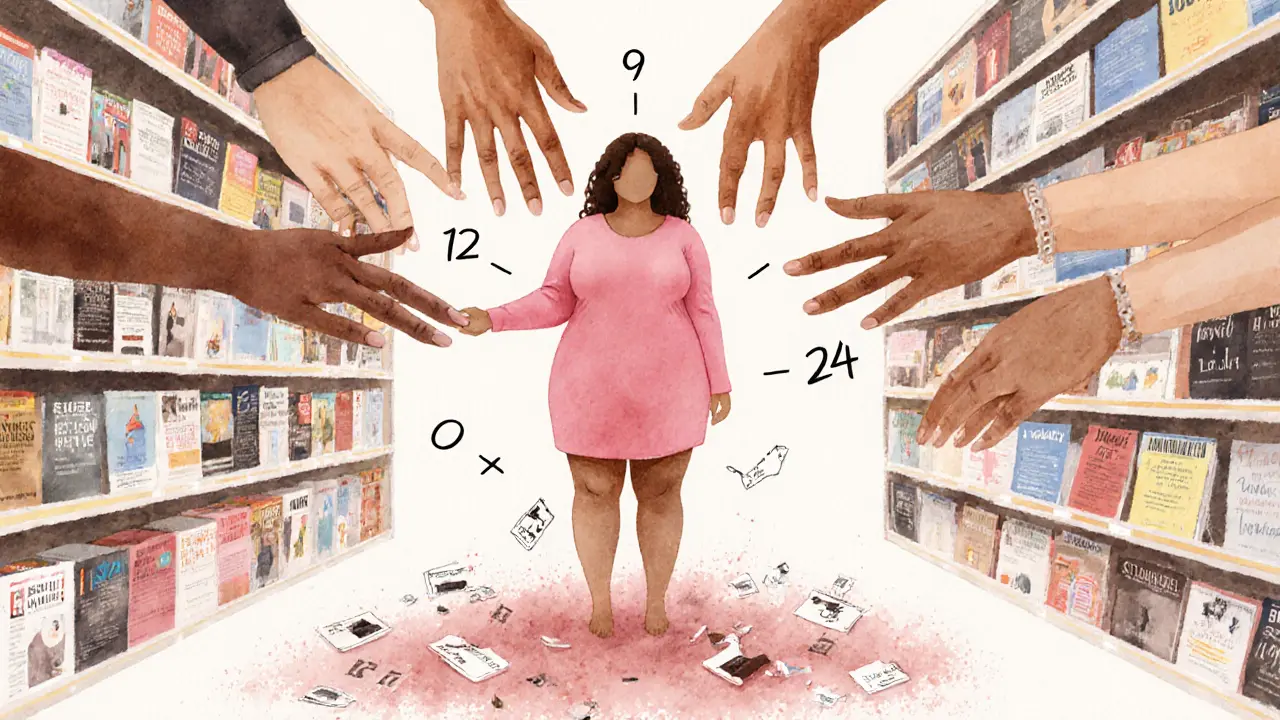
What to Expect When You See a Curvy Model in a Campaign
It’s not about shock value. It’s about normalcy.
When you see a curvy model in a bikini ad, she’s not posing in a way that hides her body. She’s standing confidently, smiling, maybe even laughing. Her stretch marks? Visible. Her cellulite? Still there. Her skin? Real. No filters. No waist trainers. No ‘before’ and ‘after’ nonsense.
And that’s the point. These images aren’t trying to sell you a fantasy. They’re selling you a truth: you don’t have to change your body to deserve beautiful clothes.
Some people still say, ‘But that’s not what fashion is supposed to be.’ That’s the old script. Fashion isn’t about shrinking people to fit a mold. It’s about letting people wear what they love-no matter their shape.
Frequently Asked Questions
Are curvy models the same as plus-size models?
They’re often used interchangeably, but there’s a difference. ‘Plus-size’ is a size category-usually 14 and up. ‘Curvy’ refers to body shape: an hourglass figure with defined curves. A woman can be size 10 and curvy, or size 18 and straight-lined. Curvy modeling focuses on shape, not just size.
Why do some brands still avoid curvy models?
Some still cling to outdated ideas that bigger bodies won’t sell. Others fear backlash from traditional customers. But data says otherwise: brands that embrace diversity see higher engagement, loyalty, and sales. The resistance isn’t about economics-it’s about legacy. And that’s changing fast.
Can I become a curvy model?
Yes-if you’re confident, consistent, and willing to put yourself out there. Agencies like IMG Models, Wilhelmina, and The Curvy Girls Agency actively scout women sizes 12-24. You don’t need perfect skin or a specific height. Authenticity matters more than measurements.
Do curvy models get paid the same as straight-size models?
Not always. Top curvy models like Ashley Graham earn six figures, but many still make less than their straight-size peers for the same work. Pay gaps exist because the industry hasn’t fully normalized curvy representation. But that’s changing. As demand grows, so do wages.
Is this just a Western trend?
No. Countries like Brazil, Nigeria, and South Korea are seeing their own curvy model movements. In Brazil, curvy models dominate advertising. In Nigeria, fuller figures have always been celebrated in culture. This isn’t a Western invention-it’s a global awakening.
Where Do We Go From Here?
The future of fashion isn’t about fitting everyone into one size. It’s about making every size feel like it belongs.
Every time you buy from a brand that includes curvy models, you’re voting with your wallet. Every time you share a post of a real woman in a bikini, you’re rewriting the script. Every time you call out a brand for excluding larger bodies, you’re pushing the needle forward.
This isn’t about perfection. It’s about presence. And curvy models? They’re not asking for permission anymore. They’re just showing up-and the world is finally learning how to look back.

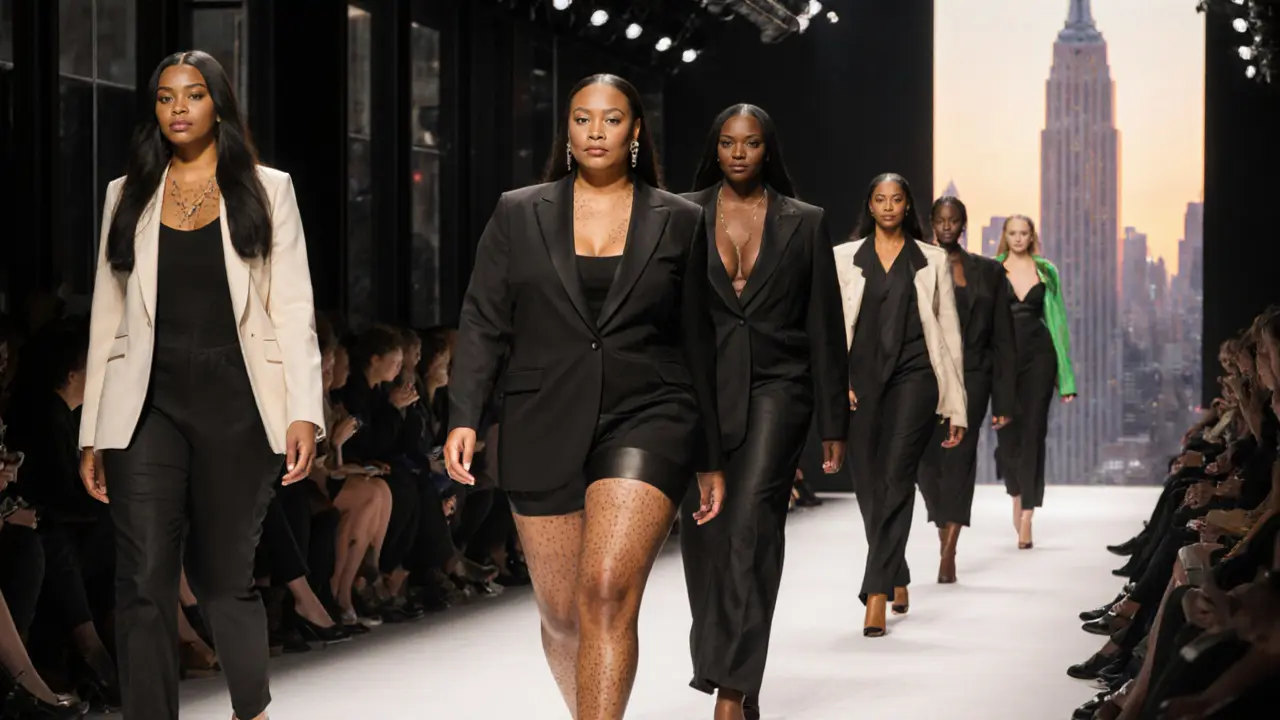

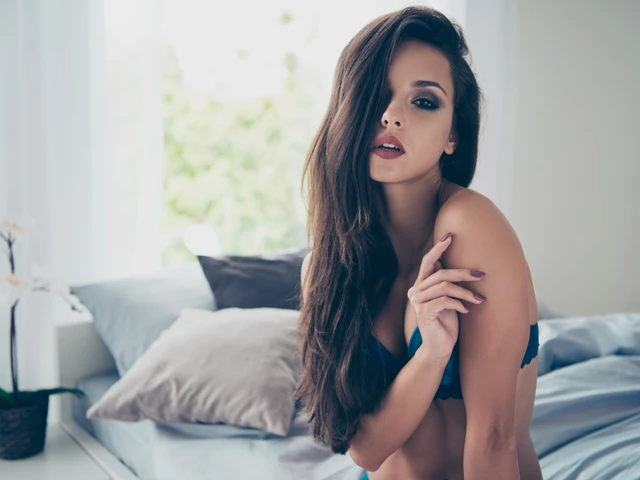
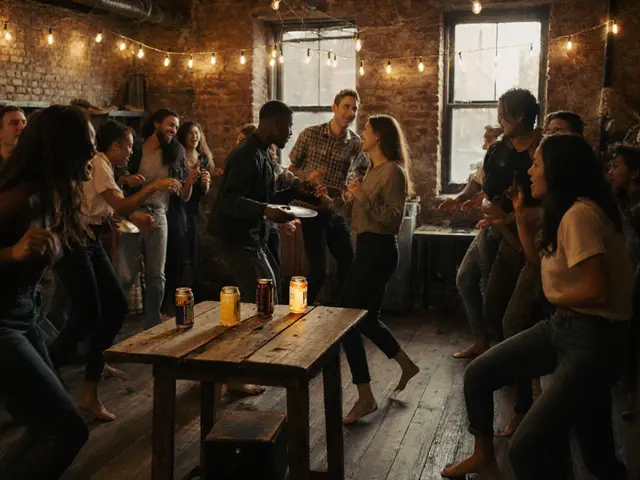
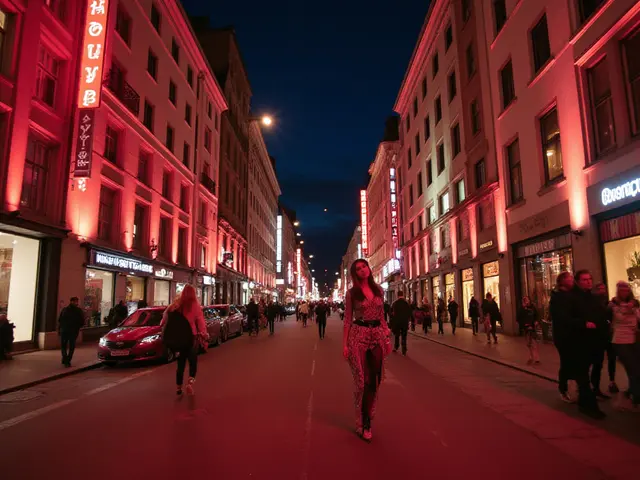
Kirsten Miller
It’s fascinating-how the language we use-‘curvy,’ ‘plus-size,’ ‘full-figured’-doesn’t just describe bodies, it constructs meaning. The word ‘curvy’ feels intentional, almost poetic; it implies movement, rhythm, biology. But ‘plus-size’? That’s a mathematical afterthought. A footnote. And yet, we’ve been conditioned to treat them as synonyms. Is this semantic precision just performative-or does it reveal something deeper about how we assign value to bodies? I think it’s both. And that’s the tension.
Also-why do we still measure beauty in inches? Why not in confidence? In laughter? In the way someone carries themselves when they know they’re seen?
And yet… the industry still treats diversity like a quota. One model per campaign. One ‘token’ curve. That’s not representation. That’s window dressing.
Who gets to define ‘real’? The brands? The models? Or the people buying the clothes?
It’s not enough to feature a body. You have to honor its story. And that requires more than a photoshoot. It requires systemic change.
And we’re not there yet.
But we’re closer than we were.
And that’s worth fighting for.
Still… I wonder: when does representation become commodification?
When does ‘body positivity’ become a marketing slogan?
When do we stop celebrating the model-and start paying the seamstress?
That’s the real question.
And nobody’s asking it loudly enough.
Liana Lorenzato
How quaint. A whole article about ‘curvy models’ as if this is some revolutionary revelation. In Paris, we’ve had models with actual curves since the 80s-before you Americans decided to invent ‘body positivity’ as a brand extension. Honestly, it’s exhausting how every social movement gets repackaged into a Target campaign. You’re not changing fashion. You’re just selling more leggings.
And don’t get me started on Ashley Graham. She’s not a revolutionary-she’s a PR asset. Her ‘activism’ is just a well-timed photo op with a designer dress that cost more than my rent.
Real change doesn’t come from Instagram influencers. It comes from altering the structural hierarchies of fashion houses. Which, of course, none of you are doing.
So please. Stop pretending this is a movement. It’s a product line.
Peter Hall
Good post. Needed this.
Jane Shropshire
So like… everyone’s body is beautiful, right? Like, no matter what? Like, even if you’re big? And that’s cool. But also… shouldn’t we all just be nice to each other? Like, why does fashion have to be so mean? I just think we should all feel good. And if you feel good in your clothes, that’s all that matters. Love you. Stay confident.
Also, I think the world needs more kindness. And also, more curves. And also, more love. And also, more truth. And also, more peace. And also, more you.
Just saying.
lucy hinde
What strikes me most isn’t the visibility-it’s the silence that surrounds it. We celebrate the models, but never the tailors who alter the seams to fit real hips. We applaud the campaigns, but never the warehouse workers who stock the size 20s in the back, out of sight. We cheer the ‘diversity’ on the runway, but never question why the same models are recycled-tall, light-skinned, toned-while the women with stretch marks, cellulite, and disabilities remain invisible.
And the word ‘curvy’? It’s a euphemism. A polite lie. Because ‘curvy’ implies a certain kind of body: one that’s still desirable, still palatable, still shaped to male gaze standards.
True inclusion isn’t about new categories. It’s about dismantling the hierarchy entirely.
Who gets to be ‘beautiful’? Who gets to be ‘marketable’? Who gets to be ‘enough’?
And why do we still need permission?
These models didn’t wait for it.
They just showed up.
And the world? It had to look.
Now-let’s make sure it keeps looking.
Even when it’s uncomfortable.
Especially when it’s uncomfortable.
Rebecca Pettigrew
Okay, so let’s be real for a sec-I used to think ‘curvy’ was just a fancy way to say ‘fat.’ Like, why not just say it? But then I started paying attention. Like, actually paying attention. Not just scrolling past ads, but looking. Really looking. And I realized something: these women? They’re not trying to be ‘thin.’ They’re not trying to be ‘perfect.’ They’re just… there. Standing. Smiling. Wearing a bikini. With stretch marks. With dimples. With skin that moves when they walk.
And that’s the thing no one talks about: it’s not about the size. It’s about the *presence*. Like, the way they own the space. Like, the way they don’t apologize for taking up room. Like, the way they laugh in photos instead of looking sad or serious like the skinny models always do.
And I think… I think that’s what’s scary for people. Not the body. The confidence. Because if someone who looks like me can be that unapologetic… then why can’t I?
And then I started noticing how brands still use these models like props. Like, they’ll put one in a campaign but only sell up to size 16. Or they’ll use a woman of color but only if she’s thin enough to still look ‘model-y.’
It’s not enough to have a body in the ad. You gotta have the clothes. The access. The pay. The respect.
And honestly? I’m tired of ‘body positivity’ being turned into a hashtag. I want body equity. I want the same runway slots. The same paychecks. The same magazine covers.
And I want the people who still say ‘but fashion is art’ to realize-art is made by people. Not by ghosts.
So yeah. I’m all in.
Now go buy something from a brand that actually means it.
Jared Rasmussen
Let me be clear: this entire ‘curvy model’ movement is a carefully orchestrated cultural destabilization campaign orchestrated by globalist fashion elites and their media proxies. The data cited-40% representation, 67% consumer drop-off-is fabricated by McKinsey, a firm with ties to the World Economic Forum. The ‘empowerment’ narrative is a distraction from the true agenda: the systematic dismantling of traditional Western aesthetics, the erosion of biological standards, and the normalization of physical deviation as a political statement.
Observe: every major campaign featuring curvy models is backed by brands owned by multinational conglomerates-LVMH, Kering, Amazon-owned brands. These entities do not care about ‘inclusion.’ They care about market expansion. They are targeting the ‘fat tax’ demographic-women who have been psychologically conditioned to believe they are ‘unseen’-and monetizing their trauma.
And the models? They are not activists. They are assets. Paid to perform emotional labor while their agencies profit from the outrage they generate. The very fact that they are called ‘curvy’ instead of ‘obese’ is linguistic manipulation-a euphemism to sanitize pathology.
What of the children? What of the psychological impact on young girls who are told that ‘all bodies are beautiful’ while being bombarded with images of women who, statistically, are more likely to suffer from metabolic disorders? This is not liberation. It is medical negligence disguised as virtue.
The real crisis is not lack of representation. It is the collapse of objective standards. When beauty becomes subjective, truth becomes negotiable. And when truth is negotiable-society collapses.
Do not be fooled. This is not progress. It is propaganda.
And they are watching.
Always watching.
onyekachukwu Ezenwaka
Back home in Nigeria, we never had this problem. Big women? We call them ‘beautiful.’ We don’t need a movement. We just know. Our mothers, our aunts, our queens-they always had curves. Fashion? We make our own. Wax prints, bold colors, flowy dresses. No one cares about size. They care about how you carry yourself.
Now you Americans turn it into a whole thing. Campaigns. Charts. Surveys. ‘Curvy’ this. ‘Equity’ that.
It’s beautiful you’re waking up. But you’re overcomplicating it.
Just let women wear what they want. That’s it.
No need for a PhD in fashion activism.
Just… be kind.
And buy the clothes.
That’s all.